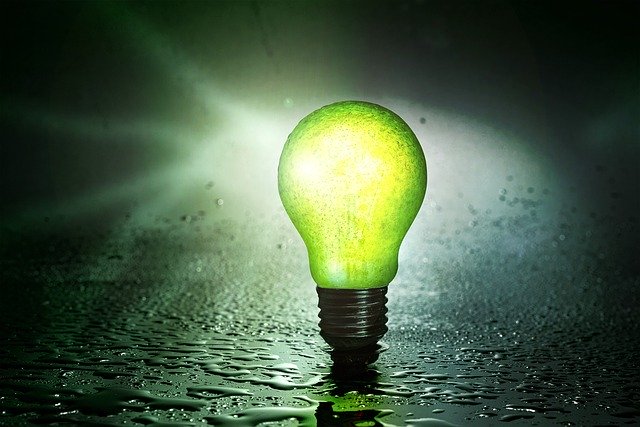The world is becoming more aware of the dangers of greenhouse gasses and the pollution creating carbon emissions, believed to be responsible for symptoms of global warming. With this awareness, businesses that consume large amounts of power or contribute to this pollution are looking at ways to reduce their carbon footprint. More and more, we are turning to renewable energy sources to cut down on these carbon emissions to curb the pollution we’re creating with a view of slowing down the ever-looming threat of global warming. As a business, renewable energy isn’t out of your reach, even if it only augments your power use. Here are three of the more popular renewable energy sources for your business.

Wind Energy
Wind energy is often thought of in fields of enormous wind turbines. It’s the most common renewable energy source in many countries around the world and although many of their installations are found in wind farms, which connect directly to the power grid, more and more users are turning their attention to this energy type for their home or business. Depending on the state you’re in, different regulations apply, and you might need planning permission to construct your wind turbines. Wind power is one of the most financially viable renewable energy sources available, particularly thanks to its low installation and setup costs. It does, quite literally, grind to a halt if there is no wind though, so you might want to consider other options if your area is often not particularly windy.
Solar Energy
Solar power uses an array of photovoltaic panels (PV panels) directed towards the sun. These PV panels efficiently convert solar energy into energy – either in the form of electricity or heat energy. Solar panels are usually installed on the roof of your building where their exposure to sunlight is at its best. Some types of solar panels can also be installed in shaded areas, with varying levels of efficiency. Solar power is one of the more popular options because it’s reasonably cheap and doesn’t require a lot of maintenance once it’s installed. Particularly if your business uses a lot of hot water – like a gym or restaurant, using a solar panel to heat water can be very effective.
Hydroelectric Energy
One of the less commons options to save on your electric bill and your carbon footprint is the hydroelectric power generator. Essentially, electricity is created when water flows through a turbine – either a water wheel or a constructed turbine – to drive a generator and produce power. This can be done using a natural water source, like a flowing river, or by funneling water stored in a reservoir through this turbine. The latter does mean being able to pump the water around in a circuit, so a natural water source is always preferred.
While the capital investment in renewable energy might not be very quickly recoverable, your business has a responsibility to do what you can to limit your carbon footprint and augmenting or supplementing your power use with renewable energy is a great way to do this.





